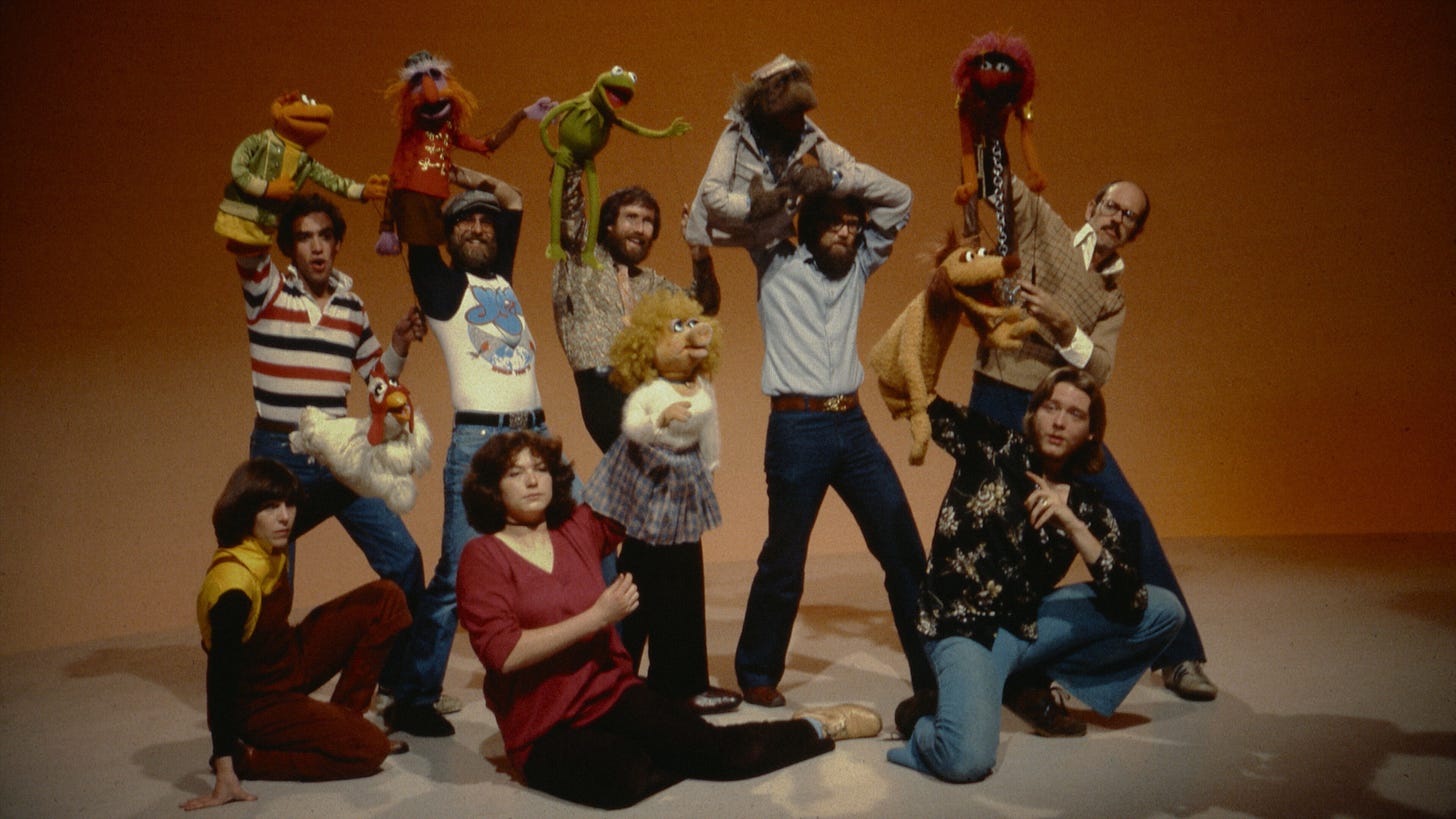‘Jim Henson Idea Man’ is beautiful and heartbreaking, if a tad too Disneyfied
Ron Howard’s nonfiction film about the man behind The Muppets will almost certainly make you cry.
Disney’s ownership of the Muppets marked its 20th anniversary earlier this year. However, it’s been clear for a long time that the characters are far from a priority regarding the House of Mouse’s intellectual property, whether when it comes to creating movies and shows or theme park attractions.
They have now, however, produced a documentary on the life of the Muppets’ creator, Jim Henson, in partnership with the Jim Henson Co. and Imagine Entertainment and its vaunted documentary division. And it’s directed by Imagine’s Ron Howard, whose work as a documentarian has been considerably more interesting in the last decade than his feature work.
The result, Jim Henson Idea Man, is a fine and complete documentary about Henson’s too-short life, a must for anyone who ever loved Henson’s work or the dozens of classic characters he had a hand in creating.
That said, there is undoubtedly certainly some Disneyfying going on here.
It’s a cradle-to-grave documentary that covers Henson’s entire 53 years. We learn about his childhood in Mississippi, his brother's death at a young age, and how Henson came from a background not of puppetry but of a palpable love for television.
It goes from explanations of the Muppet puppets themselves — Rowlf’s head was a basketball! Kermit wasn’t always a frog and originated in Henson’s mother’s overcoat! — to the origin stories of the movies and shows, including long sections on both Sesame Street and The Muppet Show.
As the story goes, Sesame Street was a runaway success starting in the late 1960s. However, Henson was uneasy with children’s entertainment and, by the mid-‘70s, was eager to pivot to more adult-oriented puppet fare.
That led to the 1975 pilot The Muppets: Sex and Violence, the characters’ association with early Saturday Night Live, and eventually The Muppet Show proper in the latter half of the ‘70s. Time is spent on Fraggle Rock, Labyrinth, The Dark Crystal, and Henson’s other, much artsier latter-period work.
There are likely enough stories to be told from The Muppet Show, in particular, to fill several hours, but the ones in the film are well-chosen, including Rita Moreno telling a great Kermit story, about this number:
Sure, true Muppet connoisseurs are going to know all of this. Those newer, or younger, will discover fascinating things, such as that Henson, in his normal speaking voice, sounded a lot like his most famous character, Kermit. And that a young Henson was a dead ringer for the professional wrestler Bryan Danielson.
The documentary has access to all of the relevant archival footage and the appropriate people, including Henson’s children and, of course, Frank Oz.
And yes, the documentary has access to all the famous clips you’re probably expecting, whether the funny (the little girl not cooperating and repeatedly calling Kermit “Cookie Monster”) or the tearjerking (yes, we see part of the Henson memorial in The Cathedral of St. John the Divine, with the Muppets all in character.) And if you were hoping to see that beautiful slow tracking shot into the woods, to the opening banjo notes of “The Rainbow Connection,” that opens The Muppet Movie, that’s included too.
It’s more than just a clip show, though, since there’s plenty of explanation of Henson’s relationship to his fame.
It wasn’t until the late ‘70s, around the time of the Muppet Movie and his American Express commercial, that Henson became a recognizable, famous public figure. It affected his family, as he wasn’t home often, and he and his wife were ultimately separated for a time.
Of course, the documentary goes into the chapter when Henson was working to sell the Muppets to Disney towards the end of his life. However, unsurprisingly, the film leaves out the detail, claimed in interviews by Frank Oz, that the negotiation was so stressful that it was “probably what killed Jim,” as well as the ownership limbo that followed Henson’s death.
And the Disneyfication doesn’t end there, as the film doesn’t go particularly profoundly into the sad things, whether it’s Henson’s brother’s death or his marital troubles.
Having neglected his health and avoided doctors, Henson died in May of 1990 of toxic shock syndrome following a case of strep throat. We’re meant to ask ourselves what type of work might have followed had this creative genius lived longer.
Jim Henson Idea Man is going to mean a lot to anyone who can say Henson’s work meant a lot to them—and honestly, that’s most people. To me, the last half hour is stuff that happened within my living memory, although I discovered a ton of this after my first son was born in 2010. I spent a couple of years obsessed with Kermit and wanting to watch every YouTube clip in existence.
Jim Henson Idea Man, in addition to its own virtues, also fits as a companion piece to 2021’s documentary Street Gang, which adapted the book of the same name about the creation of Sesame Street, as well as 2014’s I Am Big Bird: The Caroll Spinney Story. A Henson biopic was in the works for a long time, although it’s unclear if this was made instead of that.
Fresh off its premiere in Cannes, Jim Henson Idea Man, debuts on Disney+ this Friday.





